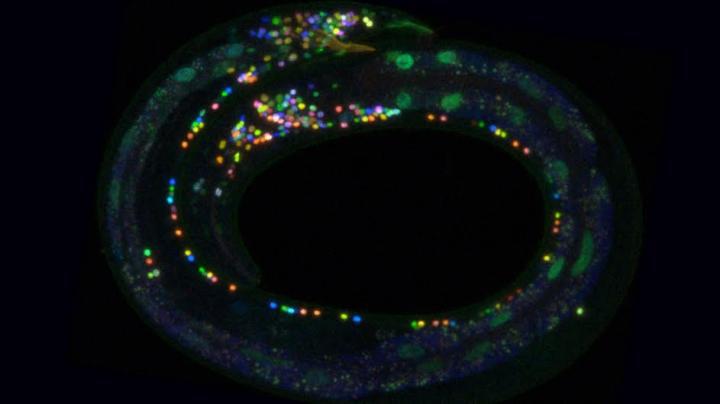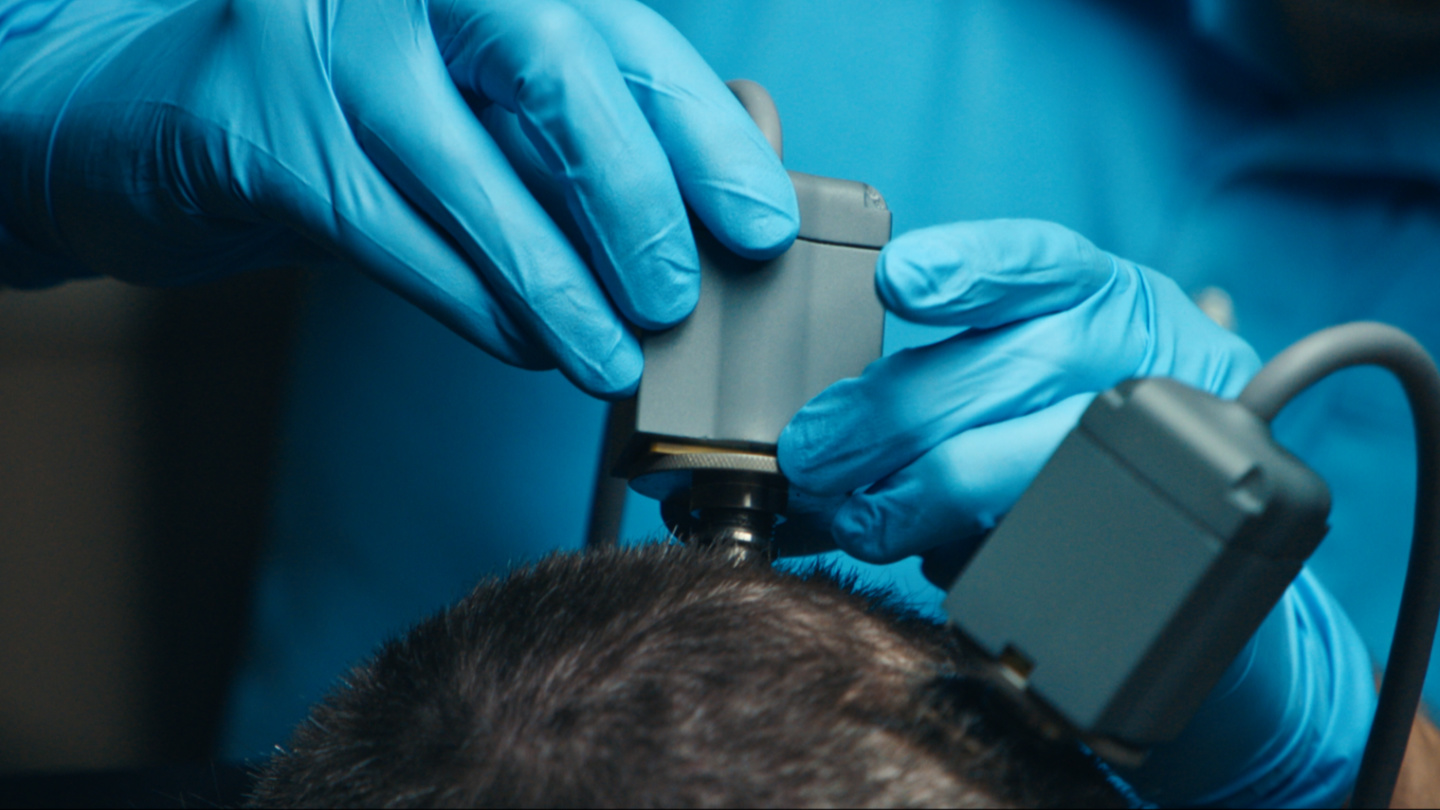New Tool Better Controls the Brain With Light

What’s the Latest Development?
A team of German and Swiss researchers have created a new tool that helps control when neurons in the brain fire, improving on a groundbreaking procedure called optogenetics which began at Stanford University nearly a decade ago. By genetically altering brain cells to be sensitive to light, scientists found they could regulate the activity of the modified neurons. But optogenetics uses complicated processes that require the separate delivery of genes, light, and electricity to a tiny part of the brain. “Now researchers…have found a way to simplify the procedure by building a flexible implantable device that delivers all three things.”
What’s the Big Idea?
The three distinct steps required by optogenetics must reach the same cubic millimeter of the brain if the procedure is to be effective. It’s a result that requires good luck as well as good science, says Thomas Stieglitz, a professor in the department of microsystems engineering at the University of Freiburg, Germany. “The result [of the new tool is] an implant that performs all three essential optogenetics procedures: delivering gene-carrying fluids, stimulating neurons with light, and recording the brain cells’ electrical response.” Scientists hope than optogenetics can be used to regulate neural disorders such as Parkinson’s and depression.
Photo credit: Shutterstock.com





